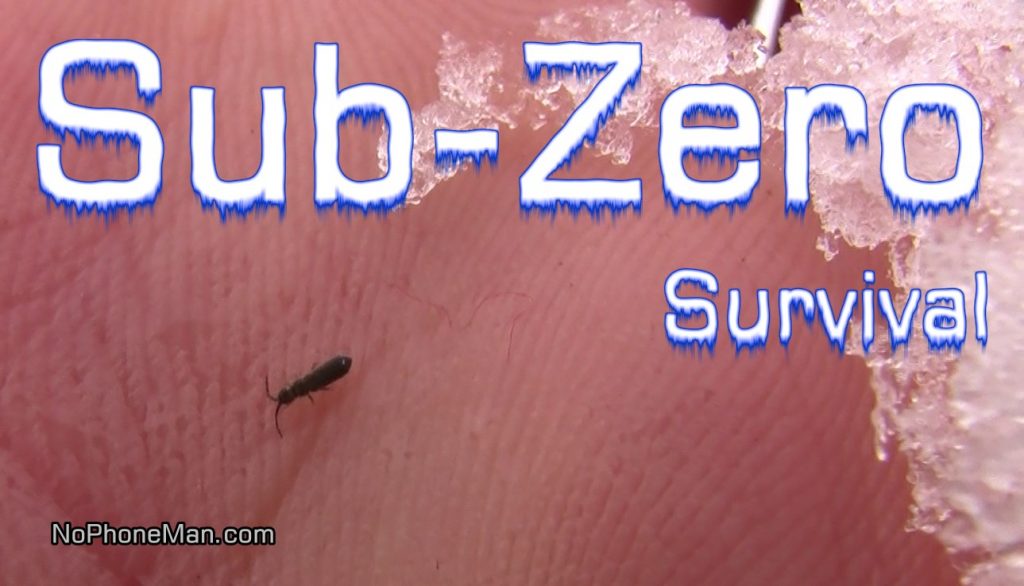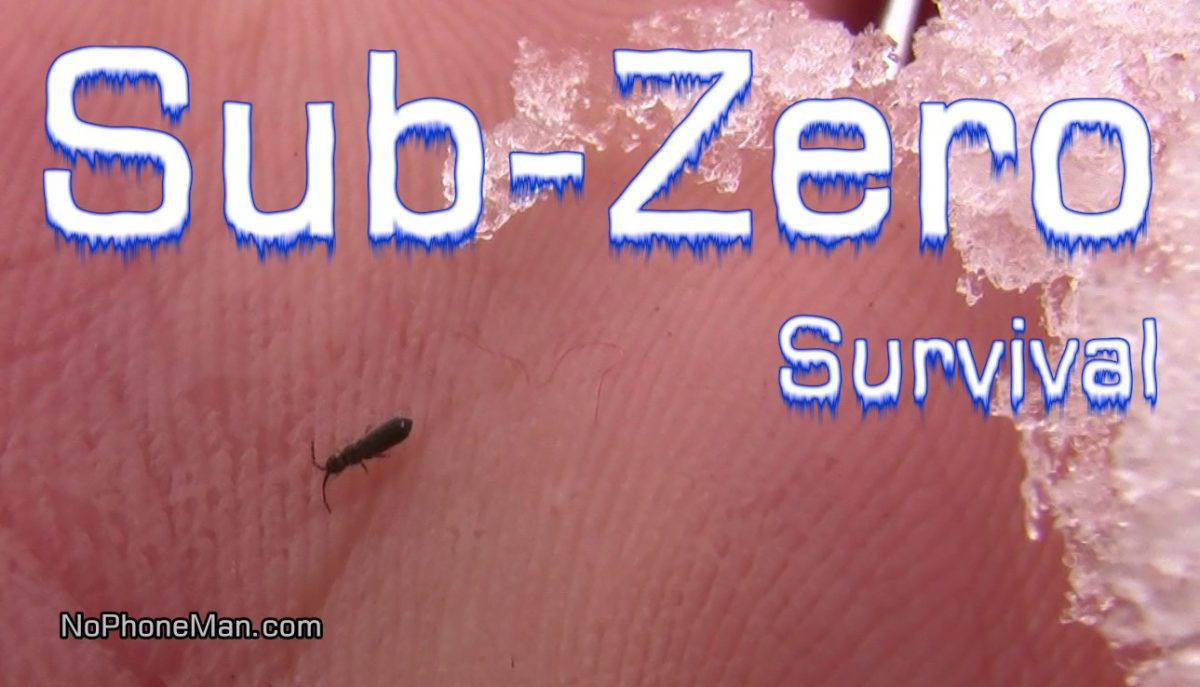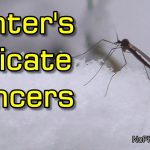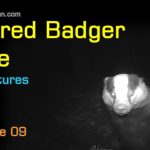
The saga of unlikely creatures to come cross in the middle of winter continues with the encounter of a small spider, presumably a Wolf Spider and a Snow Flea. Nature truly is fascinating, as it showcases the unexpected resilience of its inhabitants in sub-zero temperatures.
This year’s winter, much as the entire year, has been rough. Colder than usual, more snow than usual, and the deep freeze started sooner than usual. Still, despite the undeniably cold season, I’ve had several encounters with cold-blooded creatures one would not expect to see in the middle of winter.
I recently posted a video about the Winter Crane Flies and a Winter Moth whom I filmed during the deep freeze, though both of these, as their names suggest, have gained their reputation by being able to function in the coldest of season. Which is why their common names include the word “Winter“. I see Winter Crane Flies fly about to this day, though Winter Moths have gone dormant when the real deep freeze arrived.
The next video featuring the unlikely creatures to see in the middle of Winter showed an Earthworm crawling on snow in -12 degrees Celsius. The Earthworm too, despite being cold blooded and in direct skin contact with the freezing snow, continued to move until it disappeared under the blanket of snow, presumably avoiding freezing over.
Not that many days later, with the original snow still on the ground as the winter doesn’t let in and there are no days warm enough for it to melt, I spotted a small spider crawling on the snow. Unlike the previous cold-blooded animals encountered this winter, this spider wasn’t handling the cold too well and I fear having gotten himself this exposed may have ended up in dire consequences for him.
I don’t know what type of spider he was, for he remained quite shriveled up and two of his front legs didn’t seem to function well so he just dragged them behind, but I presume he was an Alopecosa species Wolf Spider, the type that hunts on the ground and doesn’t weave webs.
I picked the spider up and held him on my hand in hopes that my body heat would help perk him up so he can get to a shelter to survive the freeze, but he crawled off it and back on the snow so I left him there. I’m sure he was stressed enough already for me to add to it.
After that, I noticed another small black thing moving on the snow covered ground. It was so small, I would not have noticed it had I not crouched down to film the spider. Only 1, maybe 2 millimeters long, the insect seemed much more at home on the snow than the spider. Super tiny in size, but navigated the crystals forming the snow quite well. And when I least expected it, it jumped. It leaped into the air and propelled itself to a distance more than 100 times its body length.
This was my first encounter with this insect ever, so when filming the video, I didn’t know what it was. But as I looked into it later, I found out it was a Snow Flea – Hypogastrura Nivicola. They are a Springtail, which would explain their ability to jump like you can see in the video. Though despite their size and the common name, they are not actual fleas.
I concluded the video by leaving both the Spider and the Snow Flea where I found them, and wished them both good luck surviving the cold despite having been found exposed on the snow. The Snow Flea, I think, is likely to make it. The Spider will probably need some extra luck. The fact that the overwintering birds have few sources of nutrition available to them when the entire countryside is under a thick layer of snow could make him an attractive prey if he doesn’t hide soon.
About Wolf Spiders
Wolf spiders, belonging to the family Lycosidae, are a diverse and widespread group of arachnids known for their robust build and ground-hunting behavior. With over 2,300 species identified, these spiders can be found on every continent except Antarctica.
Wolf spiders derive their common name from their agile hunting strategy, which resembles that of wolves. Unlike many other spider species, they do not build webs to catch prey. Instead, they actively stalk and pounce on their quarry.
These spiders are characterized by keen eyesight, with a distinct arrangement of their eight eyes. Typically, a wolf spider’s eyes are set in three rows, featuring four small eyes on the bottom row, two large eyes in the middle, and two medium-sized eyes on top.
Wolf spiders are venomous, but their bite is not considered harmful to humans. They play a crucial role in controlling insect populations, acting as natural pest controllers.
Wolf spiders also exhibit maternal care, with the female carrying her egg sac and later her spiderlings on her abdomen. This protective behavior sets them apart in the arachnid world and adds a fascinating dimension to their life cycle.
About Snow Fleas
Snow fleas, scientifically known as Hypogastrura nivicola, are diminutive arthropods belonging to the order Collembola. Contrary to their name, these tiny creatures are not actual fleas and pose no threat to humans or pets. Measuring only about 1 to 2 millimeters in length, snow fleas are well-adapted to cold climates, particularly thriving in snowy environments.
Recognizable by their dark color, these springtails exhibit remarkable agility, navigating the intricate crystals of snow with ease.
One of the most intriguing features of snow fleas is their ability to jump significant distances, employing a unique structure called a furcula. This specialized appendage acts like a spring, propelling the snow flea into the air when triggered.
Despite their small size, snow fleas play crucial roles in nutrient cycling within ecosystems, feeding on decaying plant matter and microorganisms. Their resilience and distinct adaptations make them fascinating subjects for studies exploring the ecological dynamics of winter environments.





